 Midwestern Gothic staffer Elizabeth Dokas talked with author Madeline Miller about her book Circe, exploring new portrayals of classic characters, giving voice to a character who has been silenced, and more.
Midwestern Gothic staffer Elizabeth Dokas talked with author Madeline Miller about her book Circe, exploring new portrayals of classic characters, giving voice to a character who has been silenced, and more.
Elizabeth Dokas: What’s your connection to the Midwest?
Madeline Miller: I was lucky enough to live in Chicago for a year of graduate school. I attended the University of Chicago’s Committee on Social Thought.
ED: What about Chicago do you find distinct from other cities—what makes it distinctly Midwestern to you, and how did that influence your college career or your writing?
MM: I loved Chicago’s incredible opportunities. The Field Museum, The Art Museum, The University of Chicago’s Oriental Institute, Robie House (which was right near me, since I was in Hyde Park) were all terrific, as were things like Lookingglass Theater (where I saw a fascinating production of The Arabian Nights by Mary Zimmerman), The Chicago Shakespeare (ditto, a production of Edward II), The Second City, The Lyric Opera, and more. Chicago felt like it was bursting at the seams with offerings, large and small, and while I was there, I packed in as many as I could. When I moved to Chicago, I was taking a break from The Song of Achilles, having become frustrated with my most recent draft. But while I was there, I started working on it again, and I credit the city’s art and theater as partial inspiration.
Then, of course, there were also the classes I took at the University of Chicago. I studied ancient Indian literature with the renowned Wendy Doniger, which made for a fascinating compare-and-contrast with ancient Greek literature. I loved my courses in the Classics department, and am particularly grateful for a tutorial on Vergil’s Georgics. It got me interested in ancient agriculture and botany, which fed into Circe’s witchcraft.
ED: You studied at the Yale School of Drama and specialized in adapting classical myths and fairytales to a modern audience. What about writing a novel did you find different or challenging from adapting plays?
MM: With theater, there are actors and designers to help you bring the story to life. With a novel, the writer must play all those roles, building the whole story from scratch. When I write, I often imagine the scene as if it were playing on a stage before me. I want my readers to feel like they are right there too, immersed in the novel’s life.
ED: Circe is the second in an installation of novels about Greek mythology. What do you find relevant in Greek mythology to aspects of today’s society? Or, in other words, why revisit it at all?
MM: In the centuries since these stories were created, culture has changed, but human nature hasn’t. We don’t fight in chariots anymore, we don’t sacrifice bulls to appease the gods, but we still wage war, still worship, still love and grieve, hope and hate. They are wonderful and exciting adventure stories, but they are also filled with humanity. For all of its monsters and angry divinities, the Odyssey is a story about a care-worn and desperate man, yearning to get home to his family.
ED: Circe as a character is traditionally demonized in Greek mythology, though in your book she is converted into a fierce force to be reckoned with. What inspired you to revisit this classical character and explore new portrayals?
MM: Circe had been kicking around my head for a long time—since I was thirteen, in fact, and read the Odyssey in English class. In Homer’s poem, she’s a figure of both menace and benevolence, but also intense mystery. We know nothing about why she turns men to pigs, how she came to her powers, or what draws her to Odysseus. Her character is entirely subordinated to the male heroic story—first she represents an obstacle for Odysseus to overcome, then something like a reward for his cleverness. But Odysseus has had a lot of air time over the years—I wanted to turn the camera on Circe and make her story the center of its own epic narrative. Who is this powerful, frightening, passionate woman? As I dove into the myths surrounding her, I discovered that she had a whole backstory that had nothing to do with Odysseus. She’s the aunt of the Minotaur and Medea, she’s cousin to Prometheus and numerous other notable ancient divinities. She’s a maker of monsters, and the first witch in Western literature. I was interested in how she was able to carve out an independent life for herself in the ancient world, which is notoriously hostile to women holding power.
ED: In writing Song of Achilles, you describe a moment you had where the first line of the novel just “popped into” your head, and you started writing from there. Did Circe come about in a similar way, building off a specific line or theme, or where you inspired in different ways to write this novel? Rather, do you find you often start works the same way, or does it tend to vary?
MM: This novel was born out of a passionate impulse to give voice to a character I thought had been silenced. The Song of Achilles came from a similar impulse—to tell a story that I felt hadn’t been told enough, the love between Achilles and Patroclus. In both cases, there was a sense of balancing the scales, of bringing to light something that had been overlooked.
When the first line of The Song of Achilles popped into my head, I was already five years into writing. I had a similar experience with Circe, of finding the voice after about five years. It’s a mysterious process that I don’t totally understand myself, other than that apparently I need a lot of time spent exploring blind alleys before I find the true path.
ED: What advice do you have to successfully translate older texts to a modern context without losing the integrity of the story?
MM: Actually, I think that the integrity of the original story isn’t what matters. What matters is the integrity and the coherence of the writer’s vision. I can think of adaptations of ancient works that are quite far afield from the original, and which totally succeed (for instance, Zachary Mason’s The Lost Books of the Odyssey). I can also think of books who hew closely to the original but don’t have any spirit of their own.
My best piece of advice is to think very seriously about what you are trying to do, and what you want from the ancient text. If you’re departing, why are you departing? If you’re following exactly, why? There has to be some sort of internal consistency, some guiding principle for what you include, and what you change. For me it’s always a dance—I move away from the text, and back towards it, and away again.
ED: Similarly, what advice do you have to successfully translate formats of a text (i.e. from a play to a novel) without losing integral parts of the original portrayal?
MM: I always like to start with being fairly completist—if I’m transferring something to the stage, I will start off keeping almost everything in. It’s of course much too long, but something about putting it all together is incredibly clarifying. Suddenly I start seeing the pieces that can be cut or combined. I also think you have to take into account the medium. In a novel you can do wonderful things—have six-headed monsters, and cyclopes, and magic. On stage these things can either be budget-busting or cheesy. In general, I think minimalism is the best way to go. Shakespeare’s plays had only rudimentary special effects when they were first produced, and it didn’t matter. If your put your energy into the emotions and story, the audience will follow.
ED: What’s next for you?
MM: There are two stories which I’m thinking about—one is loosely inspired by Shakespeare’s Tempest, and one by Vergil’s Aeneid. Shakespeare and Vergil are the other two great literary loves of my life, so whichever it ends up being I’m happy with!
**
Madeline Miller was born in Boston and grew up in New York City and Philadelphia. She attended Brown University, where she earned her BA and MA in Classics. She has taught and tutored Latin, Greek and Shakespeare to high school students for more than fifteen years. She has also studied at the University of Chicago’s Committee on Social Thought, and in the Dramaturgy department at Yale School of Drama, where she focused on the adaptation of classical texts to modern forms. The Song of Achilles, her first novel, was awarded the 2012 Orange Prize for Fiction and was a New York Times Bestseller. It has been translated into over twenty-five languages including Dutch, Mandarin, Japanese, Turkish, Arabic and Greek. Madeline was also shortlisted for the 2012 Stonewall Writer of the Year, and her essays have appeared in a number of publications including the Guardian, Wall Street Journal, Lapham’s Quarterly and NPR.org. Her second novel, Circe, was an instant number 1 New York Times bestseller. She currently lives outside Philadelphia, Pennsylvania.
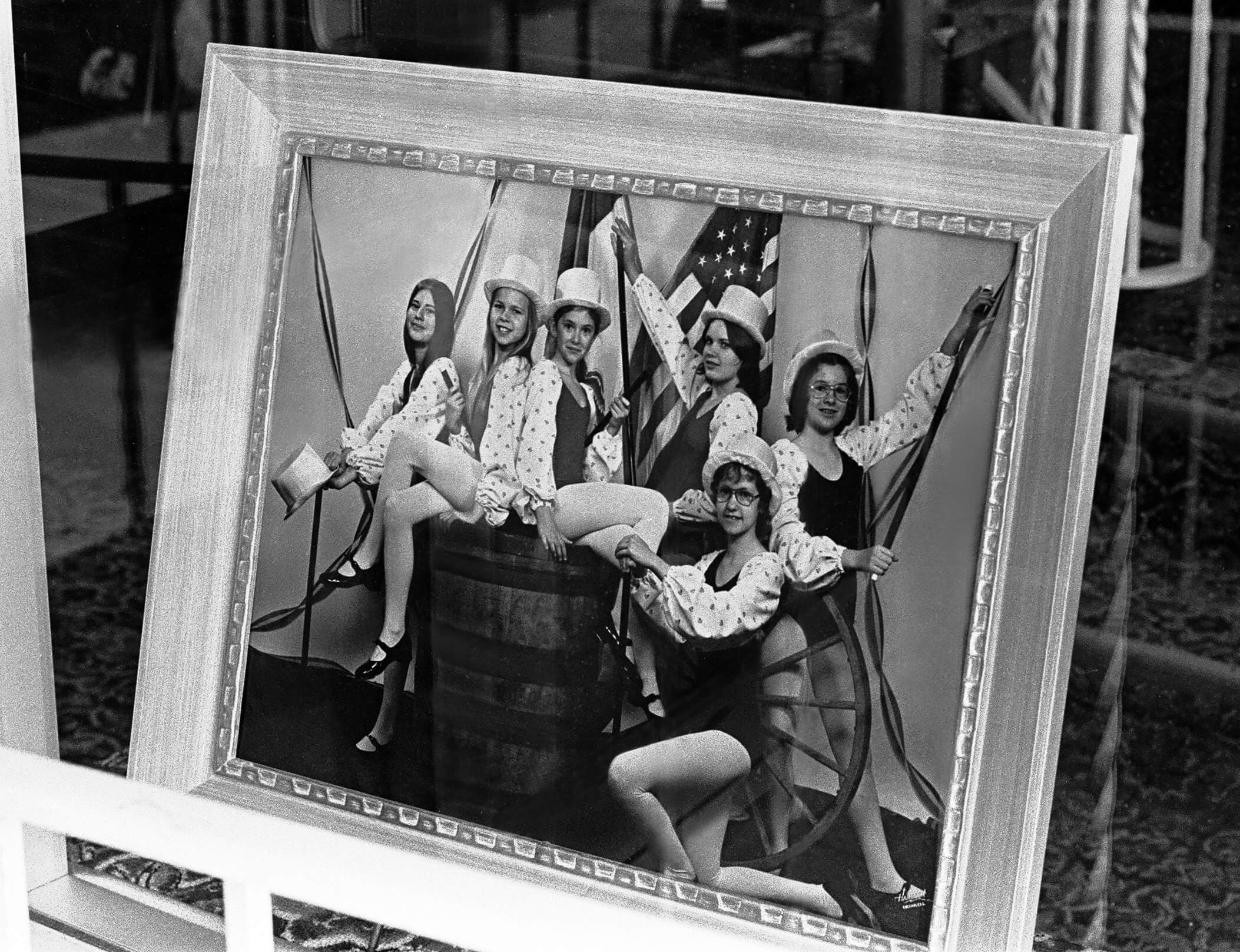


 Midwestern Gothic staffer Elizabeth Dokas talked with author Madeline Miller about her book Circe, exploring new portrayals of classic characters, giving voice to a character who has been silenced, and more.
Midwestern Gothic staffer Elizabeth Dokas talked with author Madeline Miller about her book Circe, exploring new portrayals of classic characters, giving voice to a character who has been silenced, and more.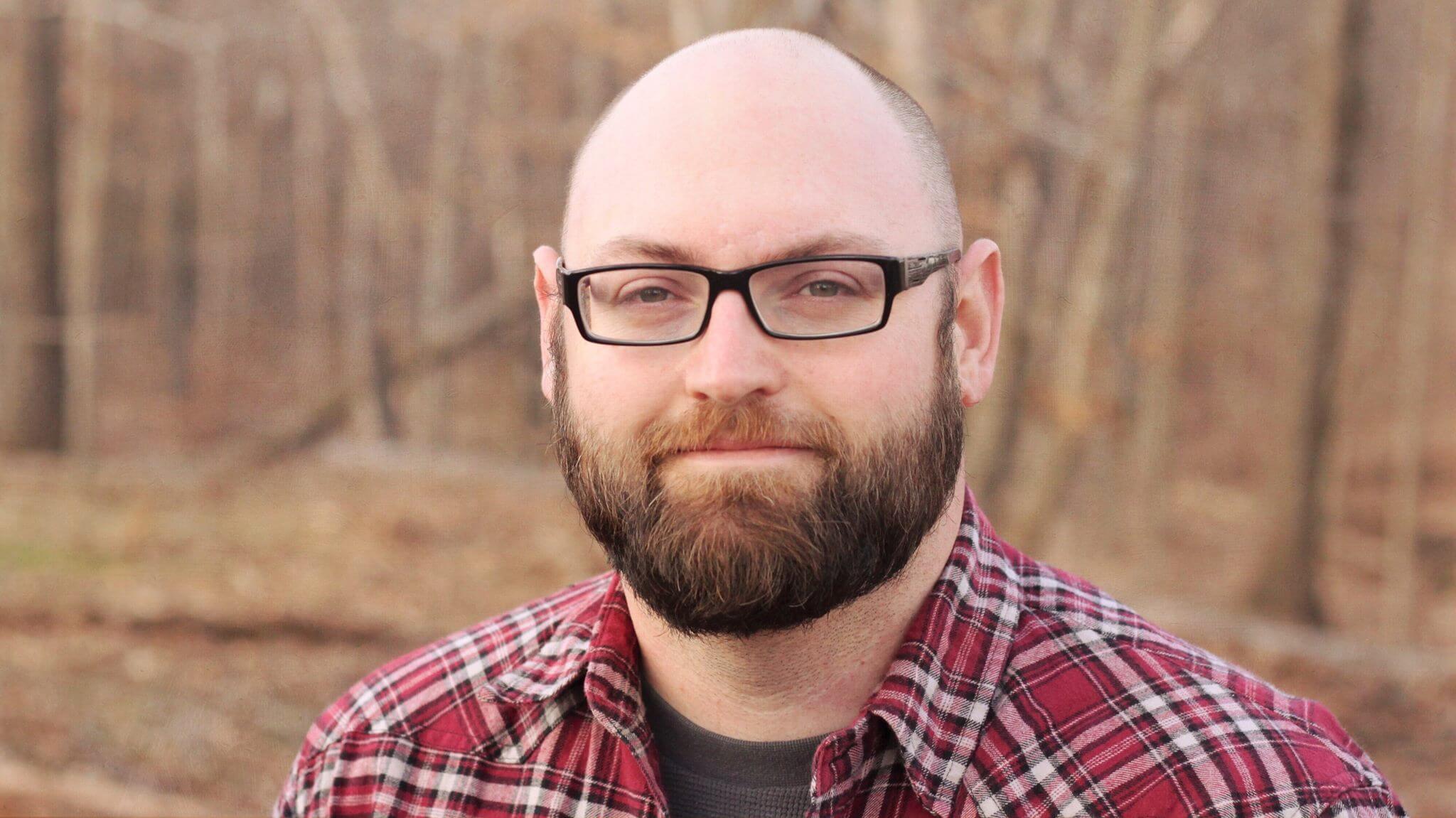 Justin Hamm’s piece “Carrying Home the Feast” appears in
Justin Hamm’s piece “Carrying Home the Feast” appears in 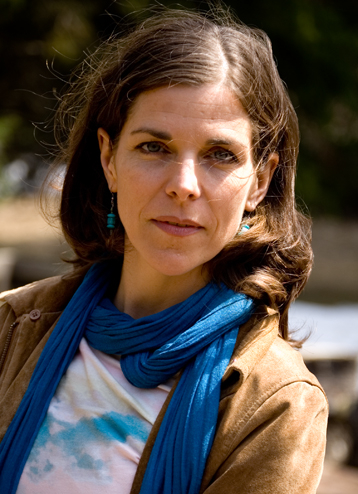 Carol Dunbar’s story “The Boy Who Lit in the Bleeding Tree” appears in
Carol Dunbar’s story “The Boy Who Lit in the Bleeding Tree” appears in 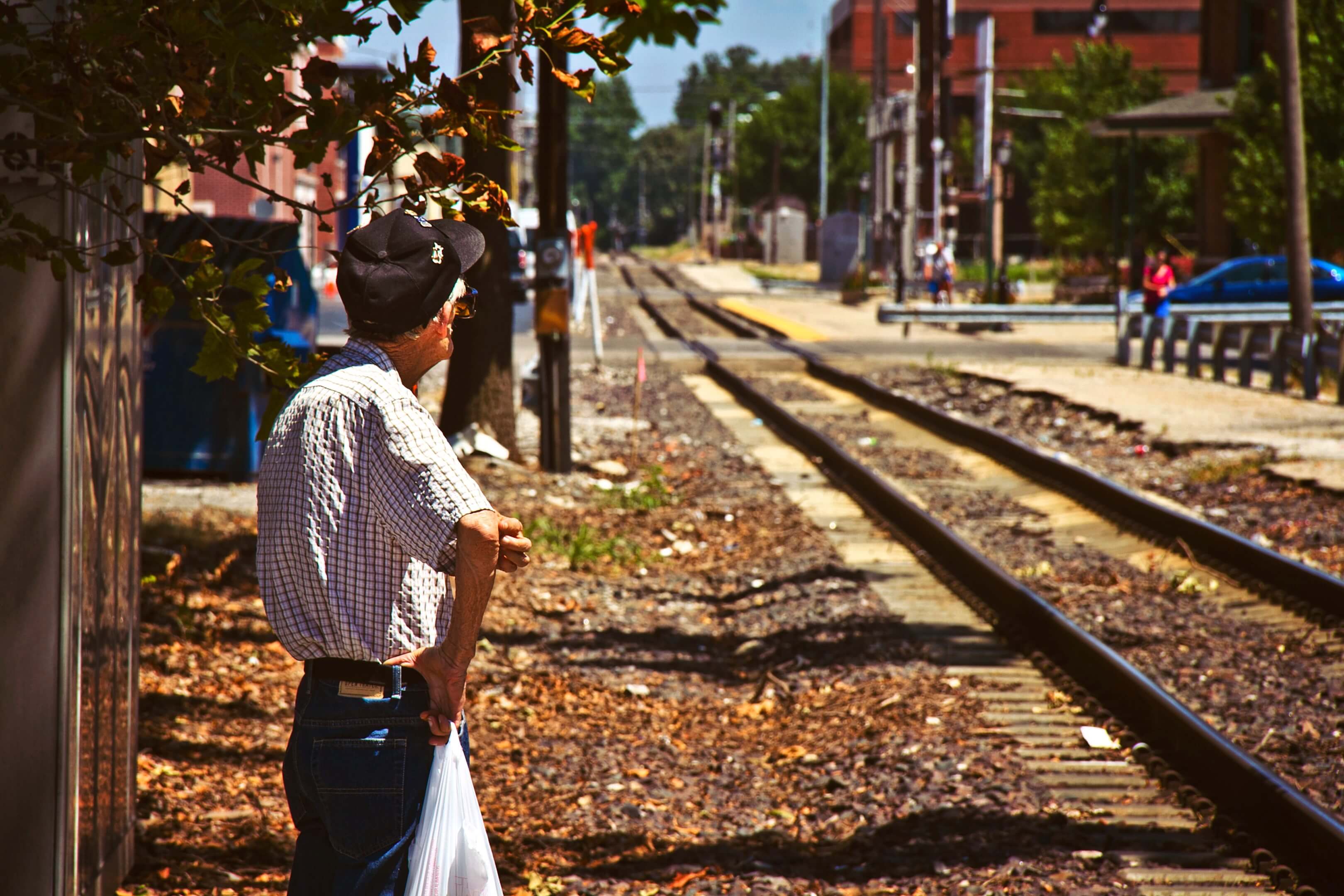
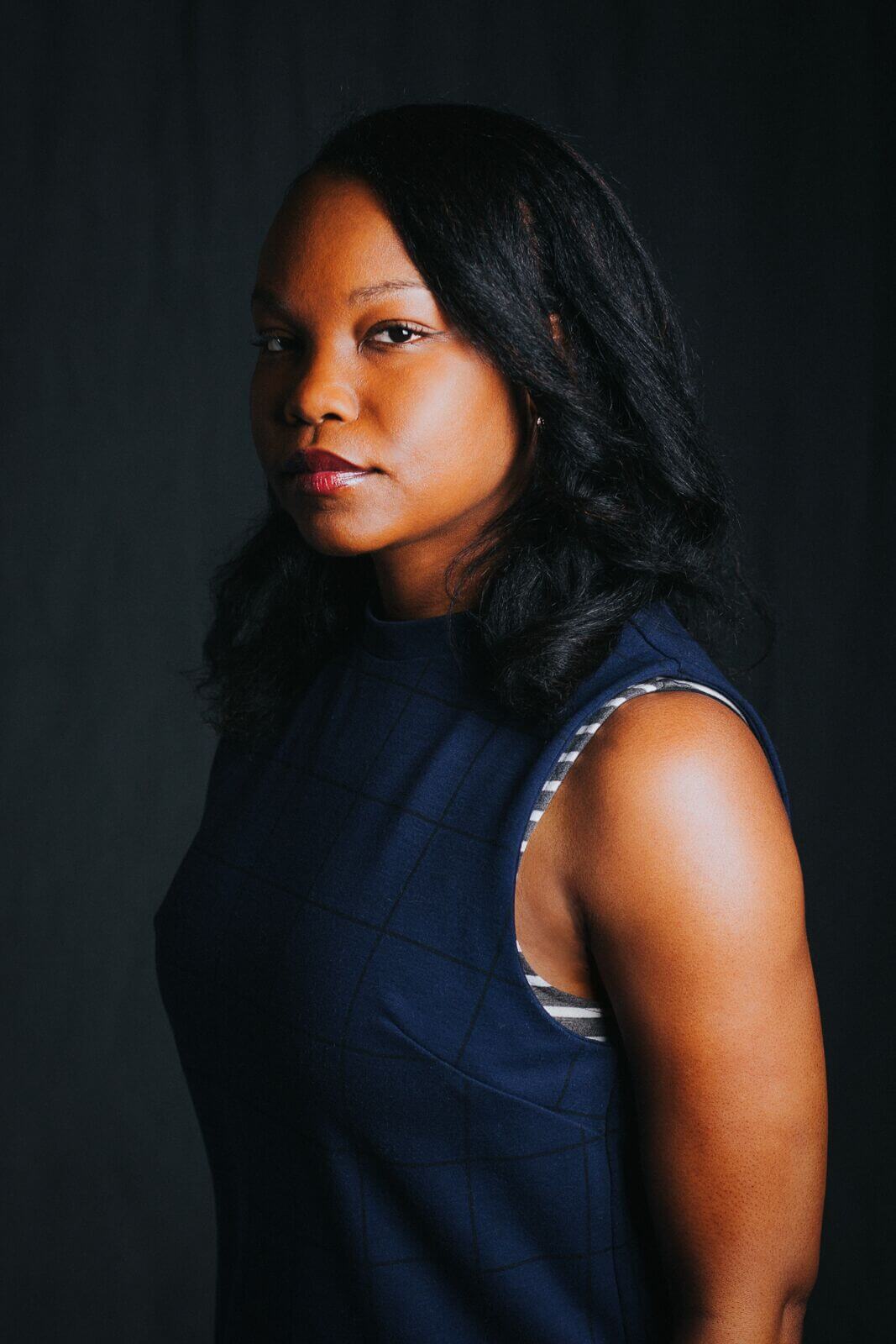
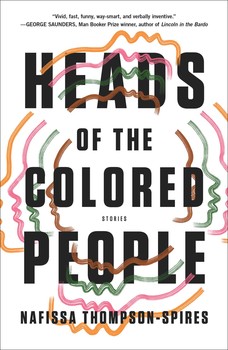
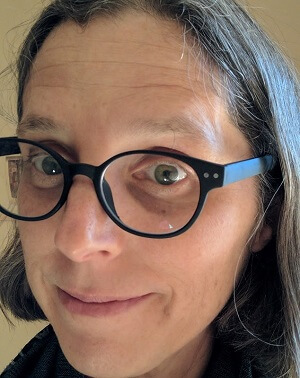 Rebecca Berg’s piece “Taki’s” appears in
Rebecca Berg’s piece “Taki’s” appears in 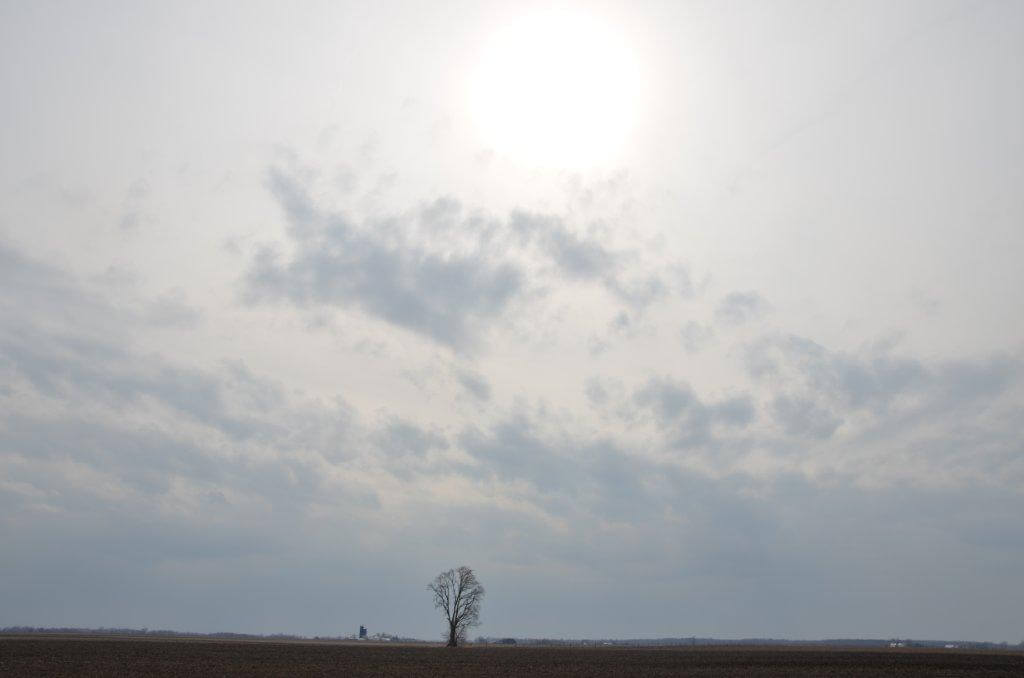
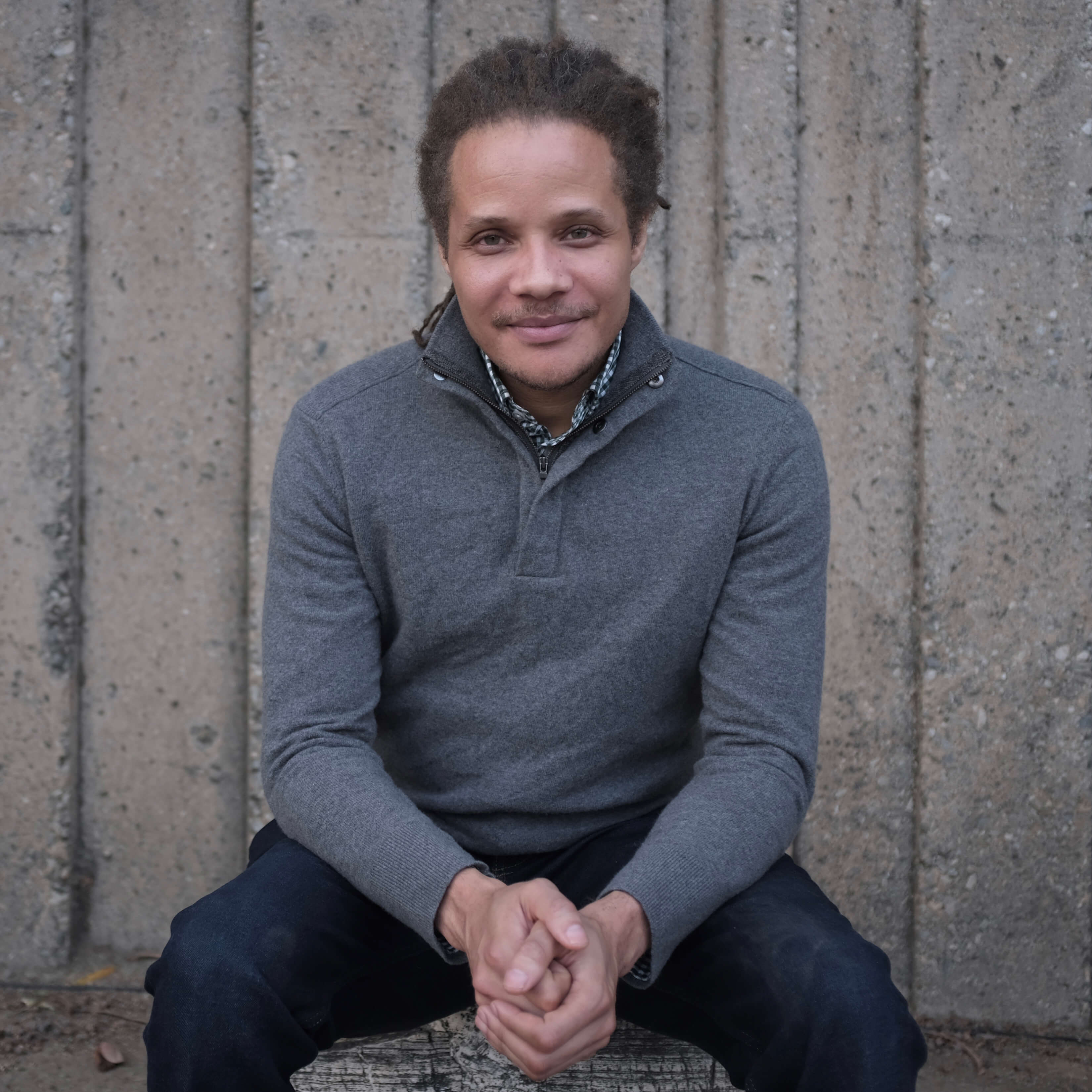
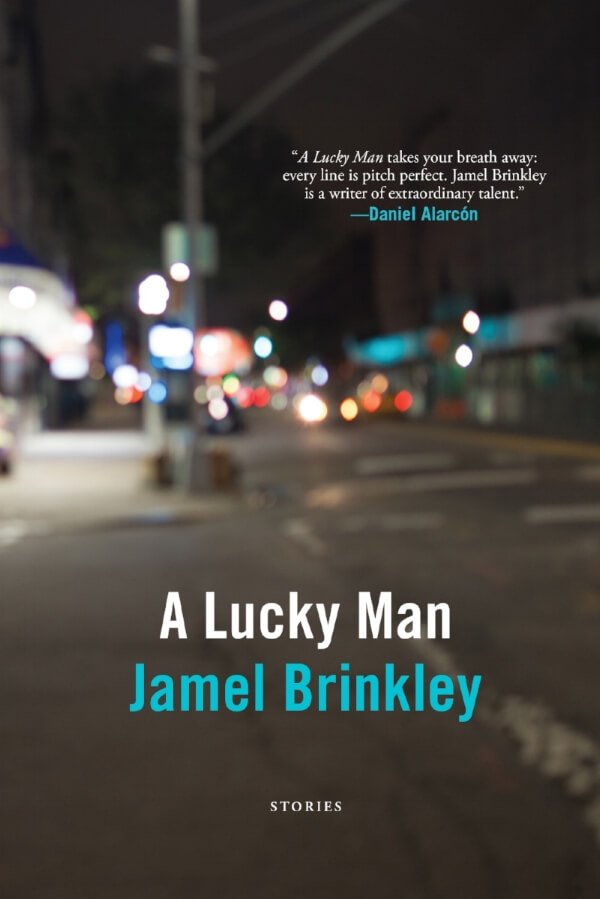
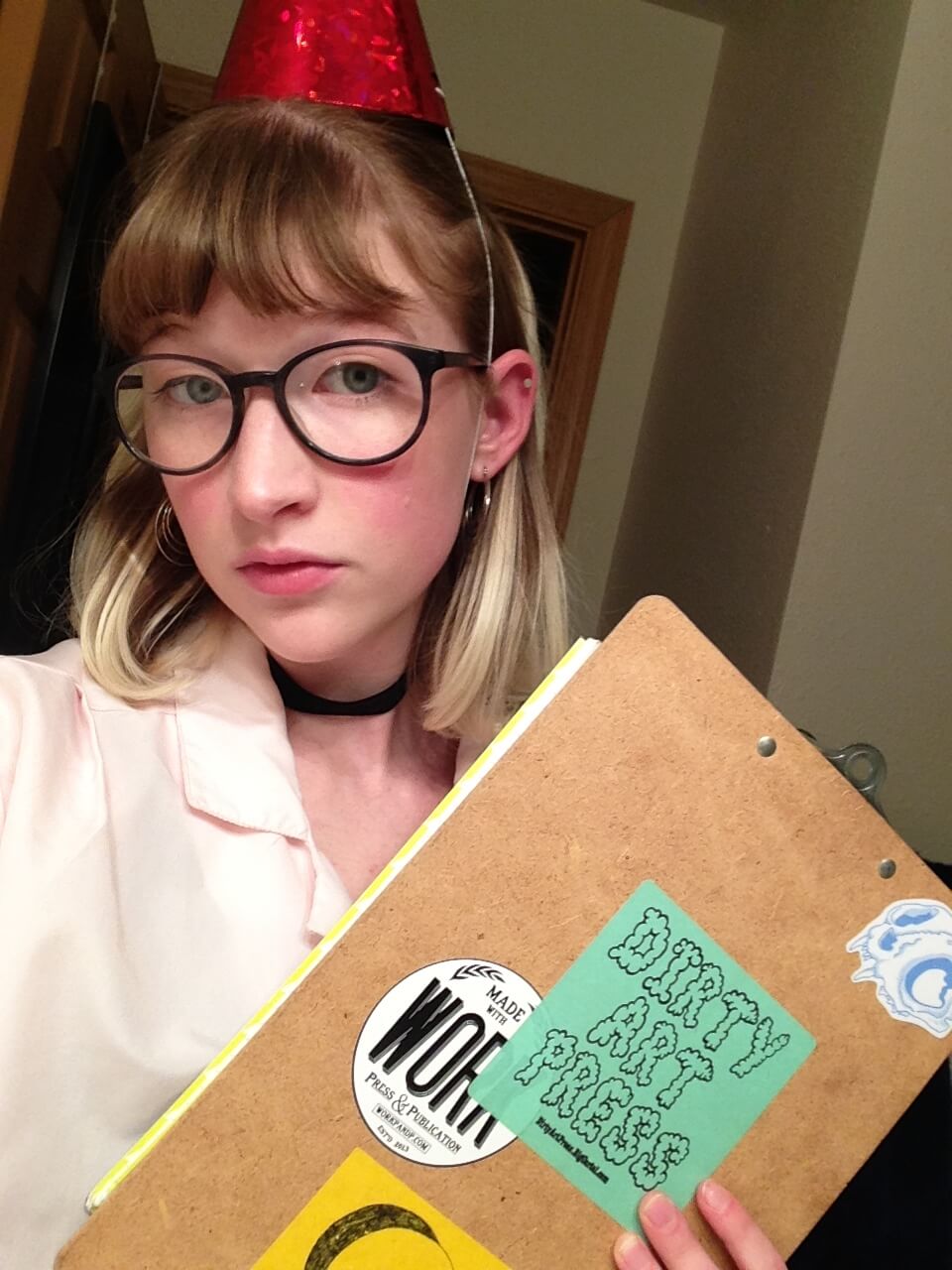 Mattie Ganson’s piece “Description of a Burning House” appears in
Mattie Ganson’s piece “Description of a Burning House” appears in 



